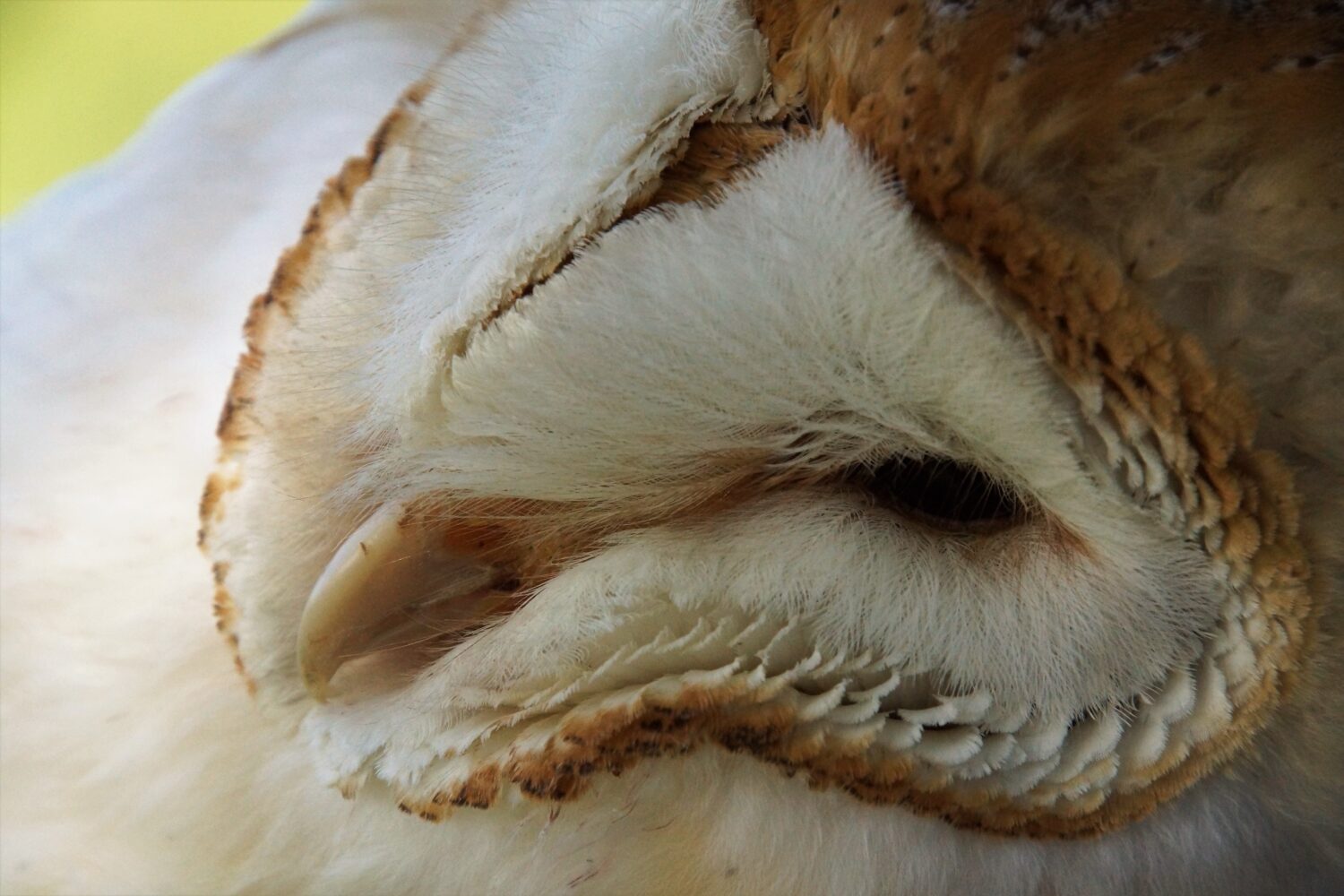Ornithologist, Phil Hanmer, shares an update on the Barn Owl breeding season across the North East
With ringing at a seasonal low – not even considering the restrictions of the Pandemic – I am taking this opportunity to report on this year’s Barn Owl breeding season:
This study of around 100 sites in North Northumberland outside the National Park indicates that this was the best breeding season since 2017, and second best since 2006. Numbers were well above the long-term average of only 30% occupancy; with 53 pairs trying to nest (51 successfully i.e. 51%). The weather was good in the winter and the exceptionally warm spring led to pairs nesting in March & April with most eggs laid right at the start of April. The summer started well but did become unsettled and eventually wet; mitigating against many late broods occurring.
The average number of eggs laid per clutch was 4.5 although one ‘8’ was recorded as well as five ‘6’s’. The average number of owlets fledged was 3.2 although one pair did raise eight! 168 owlets were ringed/fledged.
Fourteen new adult Barn Owls were ringed and 17 re-trapped; including a pair that nested again near Fallodon raising three young. The male who came from Howick is eight years old while his mate, from Rochester in the Military Ranges, is seven. A female that nested again near Boulmer is approximately ten years old while her mate is only three. A notable feature of this year was the breeding by several birds that were only in their first adult year (that is being hatched themselves in 2019). These occurred near Howick with a female from Wallington; near Longhoughton with a male from a late brood hatched south of the River Aln, and near Longhorsley with a female that had moved across the A697 from East to West.
Jackdaws were still a problem occupying many owl nest sites; I made an effort to clean out some of these boxes in early Summer and this enabled three late broods to be successful in sites that had been full of jackdaw ‘sticks’ in the Spring: near Rock, Craster and Embleton. Those that nested near Rock and Craster were in fact second broods and the pair at Craster were even more remarkable as they had done the same thing in 2019!
Generally, the most successful areas were towards the coast in the extended AONB area between the A1 and the sea, although nesting was again biased towards the southern half of this patch between Warkworth and Newton by the Sea. These included some new National Trust box owls. However, numbers also increased inland between Longhorsley and Netherwitton indicating that these areas had finally recovered from the last harsh winter.

Kestrels were again thin on the ground with only two pairs using owl boxes to raise young near Lowick and Bamburgh. Tawny Owls did not take over any ‘Barn Owl boxes’ this year but had a reasonably good year ‘swopping’ boxes with our rare breeding Goldeneye ducks. The relaxing of the lock-down occurred only just in time for these tawny’s & goldeneye to be monitored this year; indeed, it is possible some were missed.
Successful Barn Owl nests were near: Wooler, Doddington, south of Berwick-upon-Tweed, Bamburgh, Fallowdon, Newton by the Sea, Rock, Embleton, Craster, Howick, Alnmouth, Warkworth, Boulmer, north of Alnwick, Whittingham, Longhorsley and Netherwitton. I take this opportunity to record my thanks to all those who have helped with this project and those organisations and individuals who have kindly donated money for the making of boxes etc.
As I still hold the Schedule One Licence for Gosforth Nature Reserve, I thought you would be interested to know that not only did Barn Owls nest there this year raising four young for the first time in many years but that the capture of the adult female, by my Agent Phil Jordan, revealed she was already ringed (a Control). This enabled the BTO to tell us that she had been ringed only the year before, in July 2019 at Woodhurst in Cambridgeshire! The revelation that she was only one year old and had travelled 313km’s to nest underscores the value of ringing birds.